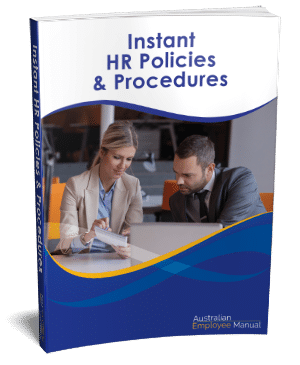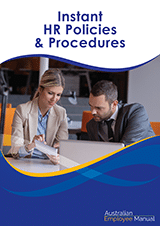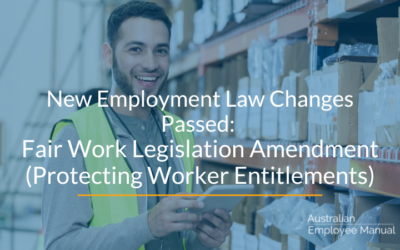How long is an employees day, and what does that mean when it comes to accruing time for sick and carer’s leave?
What seems like a simple question is one that ended up before the High Court of Australia after being hotly contested through the lower courts.
The matter came about from a case between Mondelez Pty Ltd (the owners of the Cadbury factory in Tasmania) and the AMWU.
Employees at the Cadbury factory work three 12-hour shifts a week. Under the National Employment Standards, employees were entitled to 10 days (or 96 hours) of carer’s or personal leave a year.
The question in contention was how long is a “day”? Is the ‘notional day’ consisting of the employee’s average daily ordinary hours based on an assumed five-day working week (the employees average ordinary hours divided by five), or is a calendar day or 24 hour period?
If a worker took a day of leave, they had 12 hours deducted from their 96 hours total, whereas employees who were office-based only had 7.2 hours deducted from their 96 hours total. These shift workers exhaust their entitlement in less than ten days as a result.
The union argued that these shift workers should be entitled to 120 hours of unpaid leave, equivalent to ten 12-hour shifts, and the Federal Court ruled in their favour.
The matter was taken on appeal to the High Court, which overturned the Federal Court decision by a 4-1 majority and found in favour of Mondelez.
Chief Justice Susan Kiefel, Justice Geoffrey Nettle and Justice Michelle Gordon determined that:
- The entitlement to 10 days of personal/carer’s leave under the NES is to be calculated on the employee’s ordinary hours of work, not working days.
- 10 days of personal/carer’s leave is calculated as 1/26 of an employee’s ordinary hours of work in a year.
What this means is that personal/carers leave accrues in hours and not working days.
If you employ shift workers, you need to double-check your payroll calculations to ensure that their hours are calculated correctly.
The Fair Work Ombudsman has updated their leave calculators to ensure correct calculations are made.
More importantly, they have re-issued the Fair Work Information Statement to reflect these changes. Make sure you provide all new employees with the latest version of the statement that incorporates these changes.




